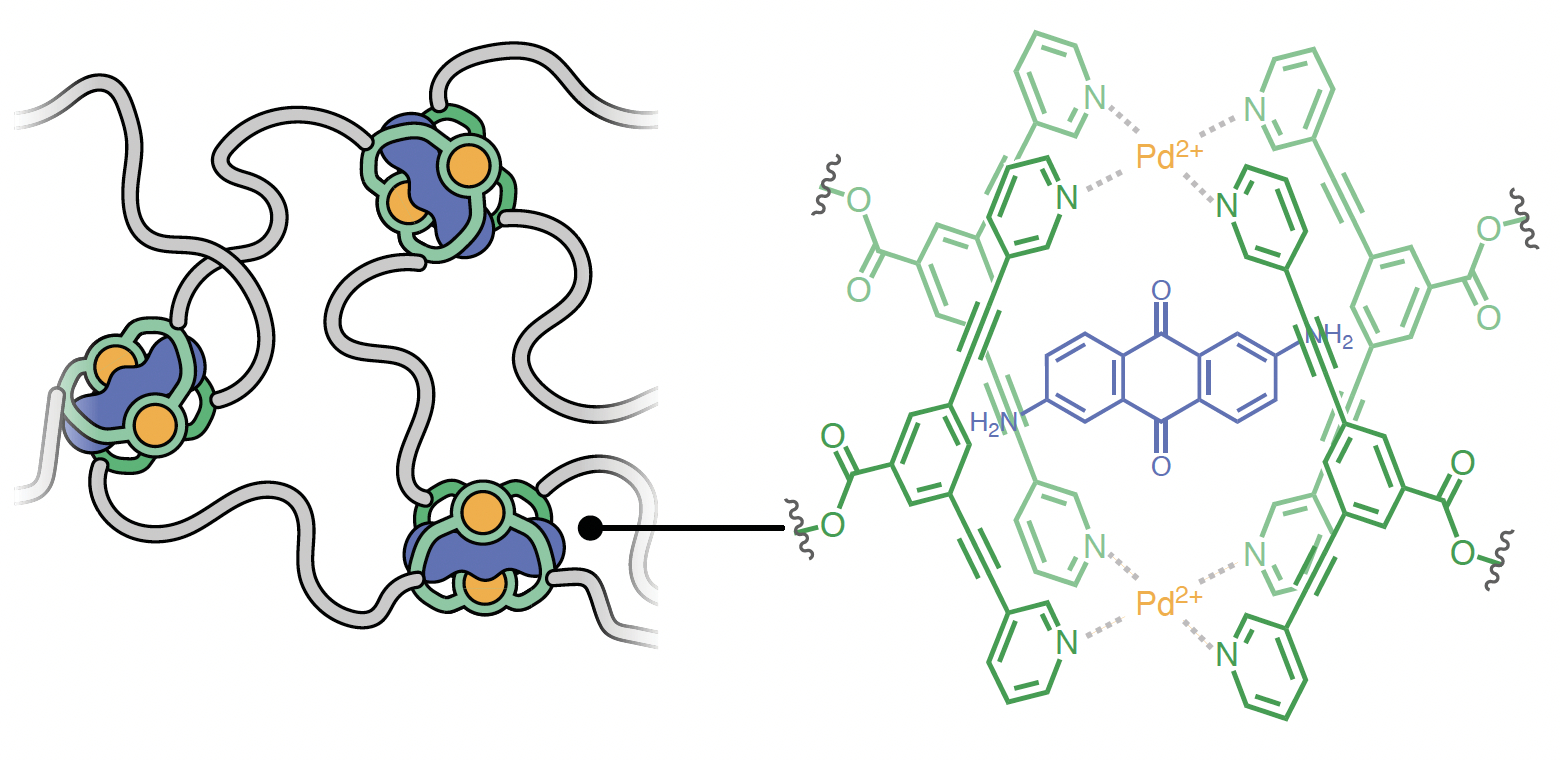4105773
Exploring “nested” non-covalent interactions in metal–organic cage-cross-linked polymers to facilitate new functions for supramolecular polymer networks
Date
August 20, 2024
Related Products
Bivalent bottlebrush prodrugs and peptide/antibody conjugates: Design, synthesis, and applications as molecularly targeted therapeutics
Ring-opening metathesis polymerization (ROMP) of bivalent prodrug macromonomers provides access to bottlebrush prodrugs (BPDs) with advantageous properties for targeted drug delivery…
Molecular bottlebrush prodrugs
Ring-opening metathesis polymerization (ROMP) of prodrug macromonomers provides access to molecular bottlebrush prodrugs (BPDs) with several advantageous properties for drug delivery and biological imaging…
Direct-write 3D printing and upcycling of frontally polymerized composites
Composites possess the necessary chemical and mechanical properties critical for achieving lightweight, durable structures in the energy, aerospace, and transportation industries…
Modular synthesis and self-assembly of complex bottlebrush copolymers and their collective behavior
Self-assembled block copolymers are attractive materials for nanolithography, yet there is a disconnect between the commonly formed simple patterns and the complex patterns required for many nanoscale applications, e.g. in microelectronics…



